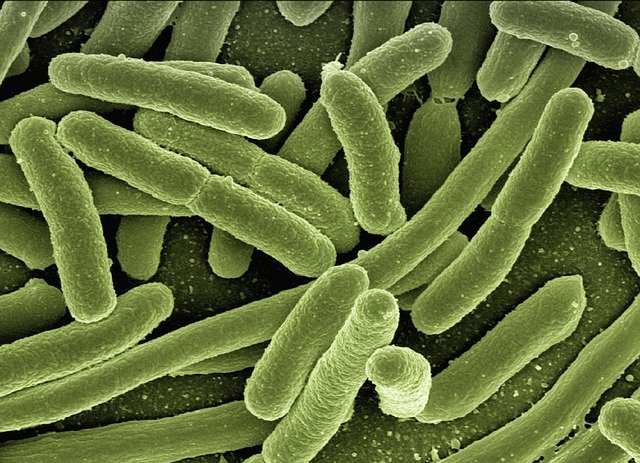The Enigmatic World of Bioluminescent Art
In the depths of the ocean and the shadows of forests, nature's light show has long captivated human imagination. Now, a new artistic movement is harnessing this ethereal glow, bringing the mesmerizing beauty of bioluminescence from the natural world into galleries and public spaces. This emerging form of bio-art is not only pushing the boundaries of creativity but also challenging our perceptions of the intersection between science and aesthetics.

The Science Behind the Glow
At the heart of bioluminescent art lies a fascinating biological process. Bioluminescence occurs when a light-emitting molecule called luciferin interacts with an enzyme called luciferase, resulting in the production of light. This process is found in various organisms, from fireflies to deep-sea anglerfish. Artists collaborating with scientists have identified specific species of bioluminescent bacteria, such as Vibrio fischeri and Photobacterium phosphoreum, that are particularly well-suited for artistic applications due to their ability to thrive in controlled environments and produce sustained light emissions.
Pioneers of the Luminous Canvas
The field of bioluminescent art, while still in its infancy, has already produced several notable pioneers. One such artist is Hunter Cole, a biologist-turned-artist who creates hauntingly beautiful photographs using bioluminescent bacteria as her medium. Her works often explore themes of life, death, and the human body, with glowing bacterial cultures arranged in intricate patterns that mimic human forms or cellular structures. Another trailblazer in this field is Nicola Triscott, whose Living Light installation featured bioluminescent algae responding to human touch, creating an interactive and ever-changing display of blue-green light.
Challenges and Ethical Considerations
Creating art with living organisms presents unique challenges and ethical considerations. Artists must maintain precise environmental conditions to keep their bioluminescent subjects alive and glowing, often requiring specialized equipment and expertise. There’s also the question of the longevity of these artworks – unlike traditional media, bioluminescent pieces have a finite lifespan, raising interesting questions about the nature of impermanence in art. Additionally, as this field grows, discussions around the ethics of manipulating living organisms for artistic purposes have emerged, prompting important conversations about the responsibilities of artists working with biological materials.
The Future of Illuminated Expression
As bioluminescent art continues to evolve, its potential applications extend far beyond gallery walls. Some researchers and artists are exploring the use of bioluminescent organisms in sustainable lighting solutions, potentially offering an eco-friendly alternative to traditional electric lights. Others are investigating the therapeutic potential of bioluminescent art, studying its effects on mood and well-being. The intersection of this art form with fields like synthetic biology also opens up exciting possibilities for creating custom-designed bioluminescent organisms with specific colors or patterns, further expanding the artistic palette.
A Glowing Legacy in the Making
Bioluminescent art represents a bold step into a future where the boundaries between art and science become increasingly blurred. By harnessing the natural magic of light-emitting organisms, artists are not only creating visually stunning works but also inviting viewers to contemplate our relationship with the microscopic world around us. As this field continues to grow and innovate, it promises to illuminate new pathways in artistic expression, scientific understanding, and our appreciation for the wonders of the natural world. The glow of bioluminescent art is more than just a visual spectacle – it’s a beacon pointing towards a future where creativity and scientific discovery shine brightly together.





